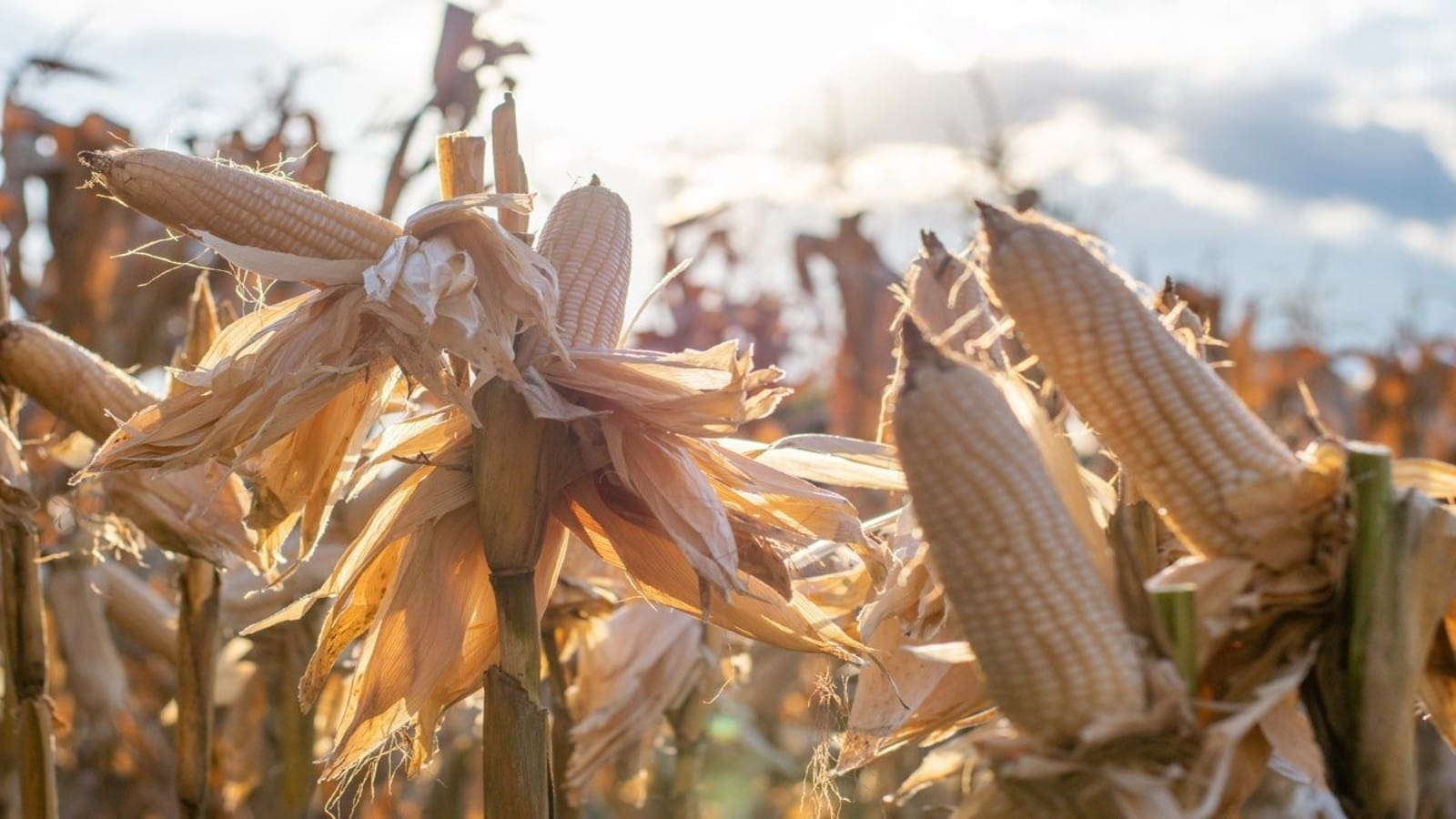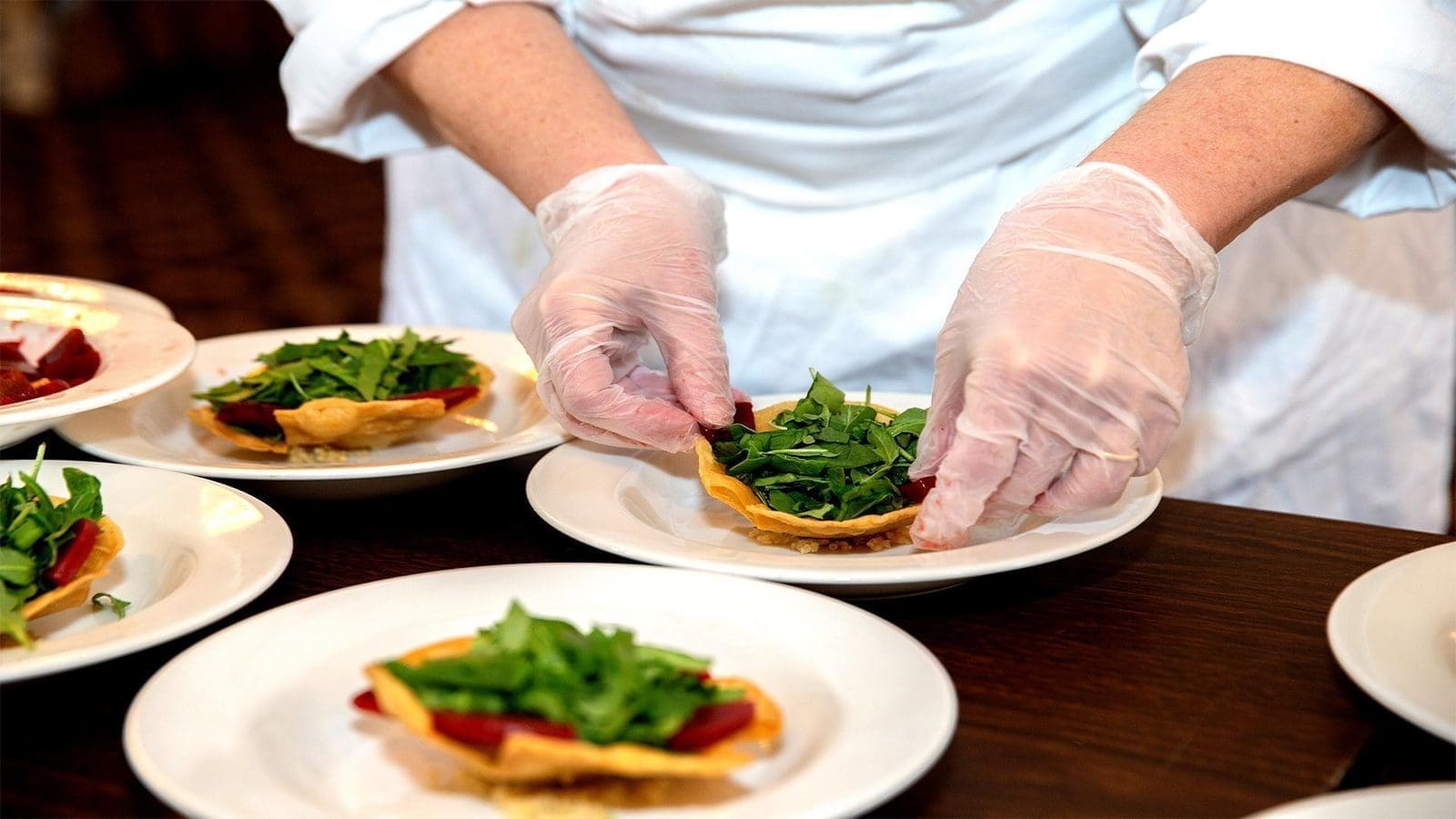U.S. – A recent study has found that boiling and steeping whole maize grains in an alkaline solution, a process known as nixtamalization, preserves the zinc content.
This is an ancient cooking process in Mexico and Central America where tortillas are the most-consumed product prepared from nixtamalized dough.
The research focused on the effects of processing and cooking methods on zinc content in common dishes that were made with zinc-bio- fortified maize.
The dishes included tortillas, cornmeal cake, and maize porridge.
In Mexico, 33 percent of children younger than 5 years (U5’s) are zinc deficient.
Maize used for the tortillas was nixtamalized while the maize for the other two products was processed differently.
The results indicated a little loss of zinc content in the tortillas after the nixtamalization process and much greater reduction in the cornmeal and maize porridge.
This is likely because these products are produced with dehulled and degermed maize, stripping out more of the nutritious parts of the maize grain while nixtamalization preserves more of the grain leaving the zinc intact.
The study authors have noted that most of the zinc in the maize grain is located in the middle of the grain.
“This study confirms that the additional zinc found in bio-fortified maize results in nutritional benefits for consumers who eat foods made from it,” commented Sonia Gallego, the lead study author.
According to HarvestPlus, the authors drew to a close that one way to boost zinc intake in this region would be to promote consumption of nixtamalized tortillas made of high-zinc maize.
For the same reason, they also recommend using whole-grain flour to make cornmeal cake (arepas) because it contains more zinc.
While this is not the most common way of preparing the cake, recent health-conscious trends may heighten consumer demand for whole-grain products over highly processed ones.
The study records that the contribution of zinc maize to the estimated average requirement (EAR), would be up to 76 percent for children aged between 4–6 years, and 89 percent for women of child-bearing age, when eaten as the main staple in products like tortillas.
If consumed as arepa or maize porridge (mazamorra), the EAR contribution would be only 34–44 percent because the process extracts the germ and pericarp of the grain, which hold most of the zinc.
Zinc is vital for survival, meaning a deficiency has serious consequences for health, particularly during childhood when zinc requirements are increased.
In addition, zinc deficiency is associated with stunted growth and increases the risk of common childhood infections such as diarrhea, pneumonia, and possibly malaria.








